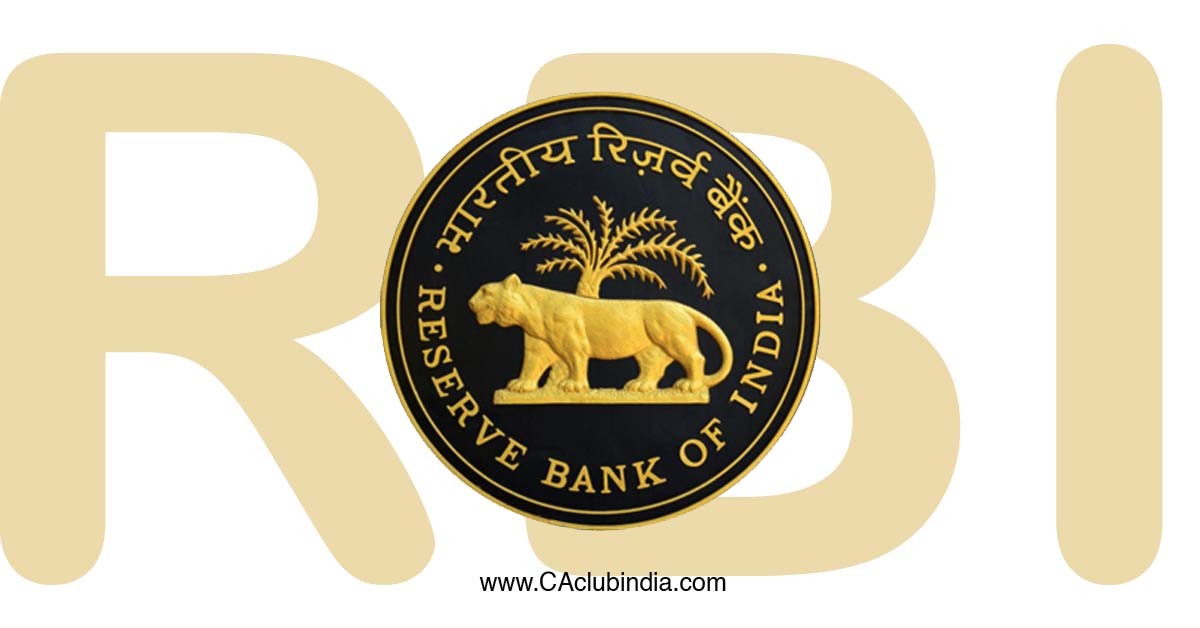Introduction
The Reserve Bank of India (RBI) is a key player in maintaining the stability and integrity of India's banking system. To address concerns about wilful defaulters and large defaulters, RBI has introduced comprehensive directions in 2023. These rules are designed to fortify the banking sector, enhance transparency, establish credit discipline, and promote responsible lending practices. Let's dive into the details of these directions and their implications.
Wilful Defaulter Directions 2023
Definition of Wilful Defaulters: A wilful defaulter is someone who deliberately defaults on a loan or credit facility despite having the means to repay it. This can occur for various reasons, such as siphoning off funds from the borrowing entity, selling assets without the lender's consent, or providing false information to the lender.

Aim of Wilful Defaulter Directions
The primary goal of the Wilful Defaulter Directions 2023 is to ensure that wilful defaulters face appropriate consequences for their actions. These directions compel lending institutions to take strict measures against wilful defaulters, which may include preventing them from obtaining further credit facilities from the banking system. This dual-purpose approach discourages misuse of the banking system and reinforces responsible borrowing and lending practices.
Key Benefits of the Directions
- Consolidation: The directions consolidate existing provisions for dealing with wilful defaulters and large defaulters into a single document, making it easier for lenders to comply with the regulations.
- Tightened Norms: New measures have been introduced to tighten the norms and streamline the process of identifying and classifying wilful defaulters.
- Addressing Stakeholder Concerns: The directions address concerns raised by stakeholders regarding previous circulars.
- Impact on the Banking System: The directions are expected to significantly reduce wilful defaults and enhance the quality of banks' loan portfolios.
Details of Wilful Defaulter Directions
- Debarment: Wilful defaulters are debarred from borrowing from banks and financial institutions for five years after their removal from the list of wilful defaulters.
- Restrictions on New Ventures: Wilful defaulters are also restricted from starting new ventures for a period of five years after their removal from the list.
- Managerial Positions: They are prohibited from holding managerial positions in companies.
- Publication of Photographs: Lenders are required to establish a non-discriminatory policy for the publication of photographs of individuals declared as wilful defaulters.
Ineligible for Restructuring
Wilful defaulters are not eligible for the restructuring of credit facilities. However, if new promoters take over a company and the borrower company is entirely separated from the previous promoters/management, lenders may consider restructuring based on the company's viability.
Directions on Large Defaulters
The RBI has introduced specific directions for handling large defaulters. These directions primarily target borrowers with substantial outstanding debt to multiple banks. Lenders are required to promptly identify and report such borrowers to a Central Repository of Information on Large Credits (CRILC).
This centralized repository allows banks to monitor and evaluate risks associated with large borrowers more efficiently, enabling proactive decision-making and improved risk management.
Guarantor's Liability
According to the Indian Contract Act, when someone acts as a guarantor for a loan, they promise to pay back the loan if the borrower can't. If the guarantor refuses to pay when asked by the lender, they might be labeled as a "wilful defaulter," which has serious consequences.
Reporting of Defaulters
These directions make it mandatory for all organizations regulated by the Reserve Bank to regularly share information about large borrowers who are not paying their loans as agreed. This information includes accounts where legal action has been taken to recover the money.
Natural Justice and Transparency
The directions emphasize the principles of natural justice, fairness, and transparency in dealing with defaulters. This ensures that individuals or companies facing loan defaults are treated fairly and that all actions and decisions are made openly and without hidden motives.
The Process
The process for identifying and classifying a borrower as a wilful defaulter involves multiple steps, including issuing notices, giving borrowers an opportunity to represent their case, and the formation of identification and review committees.
Quick Actions
The directions propose timely identification of wilful defaulters within six months of an account being classified as a non-performing asset. They also suggest creating a central registry of wilful defaulters, and stricter penalties for wilful defaulters.
Differences from Old Rules
The draft direction introduces several new features, including an expanded definition of wilful default, stricter timelines for identification, a central registry of wilful defaulters, and harsher penalties.
Preventive Measures
Lenders are required to verify the history of individuals responsible for a company and ensure that funds are used for their intended purpose. Auditors play a crucial role, and lenders can report issues to government organizations.
Conclusion
RBI's approach to wilful defaulters and large defaulters through the 2023 directions is expected to have a positive impact on the banking system and the Indian economy. By enforcing stringent actions against wilful defaulters, these directions discourage wrongful practices, promote responsible borrowing, and reduce the burden on the banking system. The enhanced monitoring and reporting for large defaulters empower banks to detect potential risks promptly, enhancing the overall health of the banking sector and boosting investor confidence. The transparent process for identifying wilful defaulters makes it harder for them to evade the consequences and access credit from other lenders. In summary, the aim is to create a transparent and responsible financial environment, strengthening the banking system and contributing to overall economic stability, which reflects RBI's commitment to a robust banking system in India.
Source: https://www.rbi.org.in








 CAclubindia
CAclubindia
